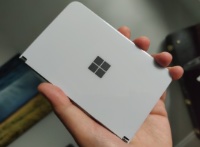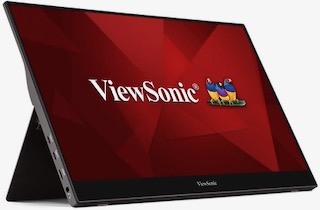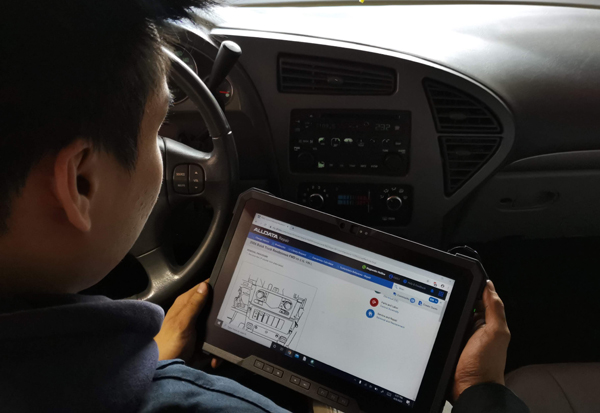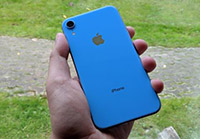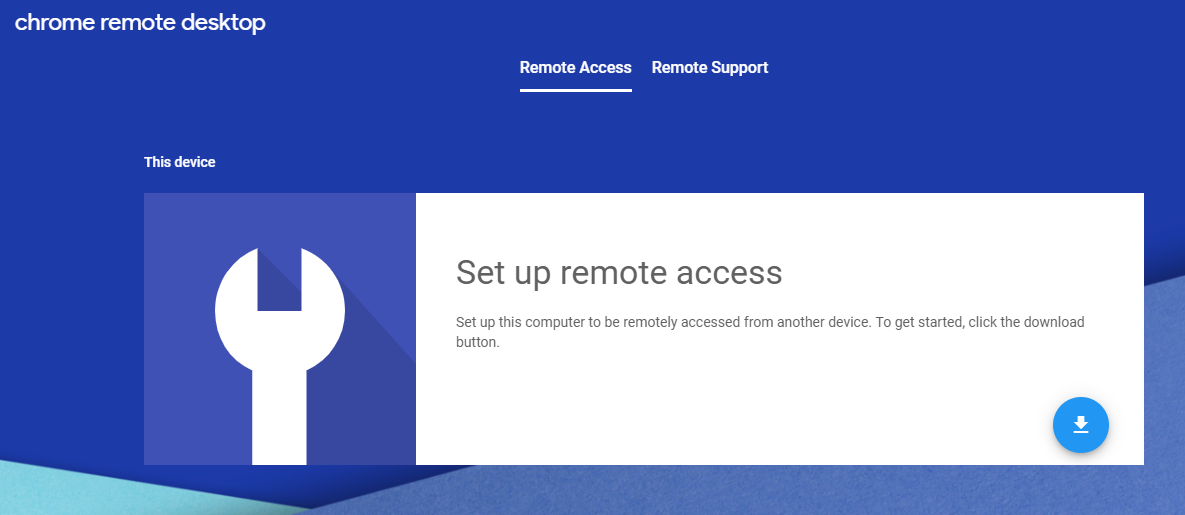The use of Sidecar in macOS Catalina is limited to newer Macs (at least for now)
 Thursday, June 6, 2019 at 7:49PM
Thursday, June 6, 2019 at 7:49PM While we don’t know if this will be the case with the final version of macOS Catalina, for now, the Sidecar feature is limited to a small number of newer Mac devices. Sidecar lets macOS 10.15 turn your iPad into a second display for your Mac. But as mentioned, at the moment this includes the 27-inch iMac from late 2015, 2016 MacBook Pro, 2018, Mac mini, the new Mac Pro, 2018 MacBook Air, early 2016 MacBook, as well as newer models of each product. According to developer Steve Troughton-Smith, who is looking through the first developer beta of the platform, a blacklist also exists, which prevents Sidecar from being used on older models.
But he found a terminal command that could allow Sidecar on older devices. The command reads: “defaults write com.apple.sidecar.display allowAllDevices -bool YES”. While we don’t know why Apple is limiting Sidecar to a few devices now, we’re hoping this is just for the first release of the beta and that devices will be added later on.
Source: Apple Insider








